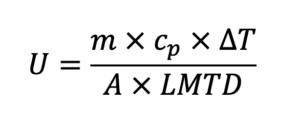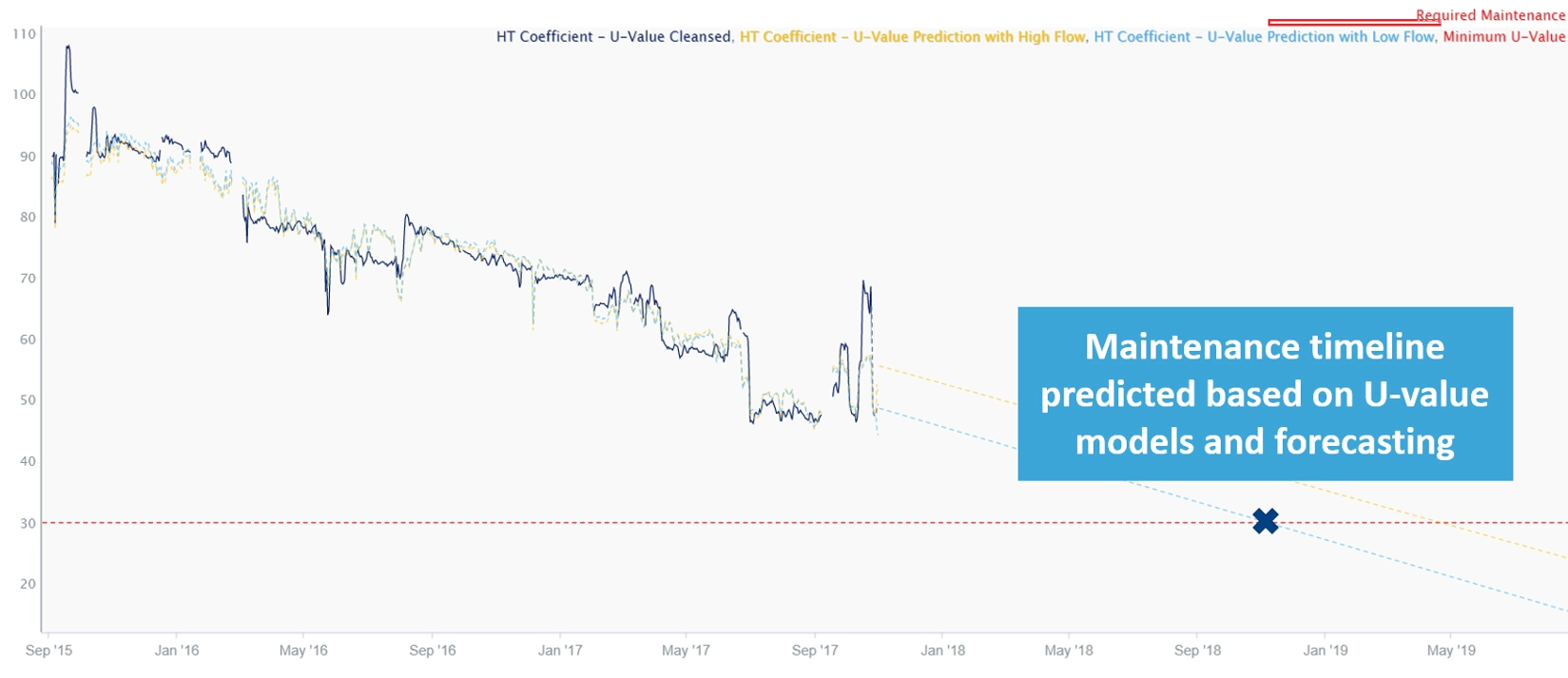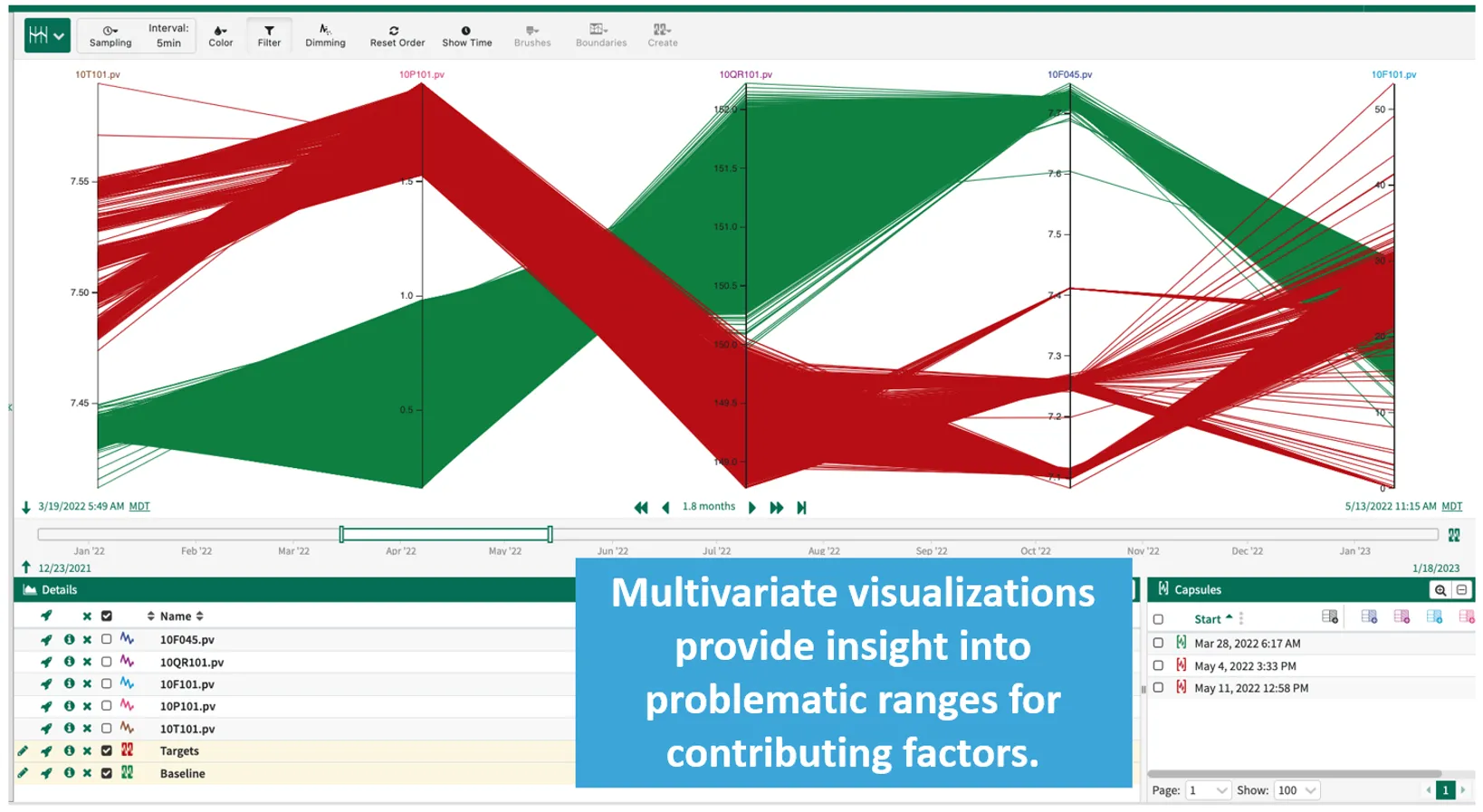
First Principles vs. Machine Learning for Process Modeling
Seeq enables users to easily model processes using either a first principles or machine learning approach, or a hybrid of the two – the best of both worlds.
When it comes to process modeling, it can be difficult to decide whether to invest time in a first principles or machine learning approach. First principles models are based on the fundamental assumptions of a system, while machine learning leverages computational algorithms and statistics to identify patterns in process data. Seeq allows users to easily model processes using either approach, or a hybrid of the two – the best of both worlds.
First Principles
First principles modeling has been the bread and butter of process analysis for a long time, and for good reason. It is used to model processes based on the fundamental equations and assumptions of a system, appealing to the analytical mind. A solid understanding of a first principles model can help mitigate potential issues with low quality data because scientists and engineers know what to look for in a system, including what outputs are expected.
Take, for instance, a heat exchanger maintenance prediction built in Seeq Workbench. Using the U Coefficient, a predictive model was developed to optimize the maintenance schedule for a heat exchanger to avoid unplanned shutdowns. With higher uptime and production reliability, the plant saw the opportunity to save $10,000 annually.


While first principles modeling reduces time and cost to insight, it can quickly become impractical when dealing with more complex equations and concepts. Without a firm grasp on the mathematical and scientific foundations of a process model, the first principles approach can lead to incorrect assumptions and wide margins of error. Additionally, it can be time-consuming and difficult to initially create a robust first principles model, and as process understanding develops and new factors must be accounted for, model maintenance can spiral into a full-time job. Finally, first principles models require assumptions about a process that may not always hold true, increasing the risk of error.
Machine Learning
Machine learning (ML) has become popular in recent years with the increasing accessibility of computational capabilities to organizations of all sizes. According to McKinsey, organizations that incorporate machine learning into process trending can increase revenues up to 10%, with associated process efficiency gains of 30% or higher.
ML’s reach extends beyond the traditional scientists and engineers who monopolize process modeling because it does not require extensive process understanding for successful deployment. While first principles models require careful, manual tuning and maintenance, ML models automatically improve with each iteration as more data is incorporated into the model. Additionally, ML models can be easily replicated in similar processes, simplifying scaling.
Despite these advantageous capabilities, it can be difficult to deploy ML models, as they tend to require large amounts of high-quality data to gain useful insights.
Using the Seeq Process Health Solution with Seeq ML, however, ML models can be easily deployed without the heavy data burden. Take, for instance, a complex, multi-unit process that frequently produced off-spec material. Operators and engineers could not determine the root cause, so they leveraged Seeq ML to create an ML model, validate it against historical data, and deploy it on near-real-time data to monitor the process. The validated model was used to predict off-spec events days before they occurred.

Who Says You Can’t Have It All?
Corporations must often make the tough call between investing time in first principles or machine learning. With the Seeq Process Health Solution, companies can use both modeling approaches. Process experts are free to use any combination of advanced formulas, Python scripts, forecasting tools, and more, while point-and-click tools empower other users to create and navigate models as well. Users often start with first principles models, then, after deploying it, take the leap into machine learning.
Seeq ML improves discovery, detection, and diagnosis of process performance issues by providing input regarding particular periods of good or bad process behavior. This empowers users to characterize and identify high value events and periods of interest in near-real-time to uncover complex cause-effect relationships.
Armed with both first principles and ML modeling thanks to Seeq, subject matter experts can tackle problems head-on, confident in their understanding of basic process models in addition to mathematically complex ML trends.

Ready to discuss how the Seeq Process Health Solution with Seeq ML can improve your operations? Contact us to speak with one of our industry experts and schedule a demo today.